Perhaps the name of the country is a small giveaway, but winter is the best time to visit Iceland for the northern lights.
“If you’re looking to experience the aurora borealis, the best time to go to Iceland is during the winter months when the nights are longer,” said AAA travel advisor and Iceland travel expert Wendy Marley. “Exploring ice caves, glacier hiking and snowmobiling are just a few of the many winter activities available.”
What should you do in Iceland?
For many travelers, seeing the northern lights in Iceland is a once-in-a-lifetime experience, and while their appearance (a bit ironically) depends upon the weather on the sun, the darker the skies and the further north you are, the more visible and spectacular this shimmering light show in the sky becomes.
Prefer an audio summary of this post? Click below to listen to this article.
Book your northern lights Iceland tour with a AAA Travel.
When and Where to See the Northern Lights in Iceland
Located on the edge of the Arctic Circle, the Land of Fire and ice gets as little as four hours of sunlight during the winter, meaning visitors could see the northern lights in Iceland – along with brilliant stars in the sky – even in the middle of the day.
Light pollution in the capital city of Reykjavik makes conditions for viewing less than ideal, but there are several hotels within a two-hour drive of the city, like the Hotel Ranga in Hella and the Hotel Husafell in Iceland’s western highlands, that enjoy dark skies and cater to northern lights tourists.
More Reasons Winter Is the Best Time to Visit Iceland
It’s Cool for Adventurers
Active travelers will love Iceland’s many snow sports options. About 10% of Iceland is covered in glaciers, most of which are within easy driving distance of Reykjavik. Glacier hikes and ice climbing are just a few ways to enjoy an immersive experience on these rivers of ice, which also can be explored by jeep or snowmobile.
The Westfjords and the Troll Peninsula are also top destinations for skiers and snowboarders looking to challenge the slopes at Iceland’s lift-serviced ski areas or venture into the backcountry on a ski tourism or heliskiing adventure.
Langjökull, the second largest glacier in Iceland, is easily accessible from the capital. It’s also where visitors can enjoy a unique trip Into the Glacier with a tour of an 1,800-foot-long man-made ice cave, which plunges 98 feet deep into the glacier and features five chambers, including a wedding chapel.
Iceland is full of natural ice caves that can explored with or without a guide, as well as lava tubes like Raufarhólshellir, about half an hour from Reykjavik, where the entrance fills with natural ice sculptures as an added bonus for winter visitors.
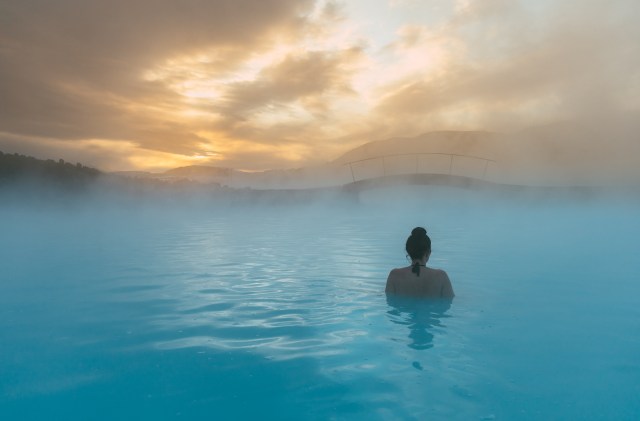
It Can Be Warm and Cozy, Too
Visiting Iceland during the winter doesn’t mean having to brace yourself for being cold day after day. In fact, Iceland is called the Land of Fire and Ice because of its active volcanoes and geothermal activity, the latter of which creates hot springs and warms the mineral-rich, 102-degree waters of Iceland’s famous Blue Lagoon. The lagoon is fed by a nearby geothermal power plant, but Iceland also has dozens of natural hot springs and geothermal pools to plunge into, some of which have been incorporated into spa resorts.
Icelanders, of course, also have been adapting to the winter cold for generations, learning to keep warm from both within and without. Hearty stews and soups made with Icelandic lamb and arctic char are among the most popular foods in Iceland. Plokkfiskur, or fish stew, is especially beloved as a traditional winter meal. Icelandic rye bread is baked in casks placed at the edge of hot springs. Brennivin or burned wine (also sometimes called the “Black Death” by locals), is a caraway-flavored aquavit that can be quaffed as a shot or in cocktails; it goes particularly well with pickled or marinated herring, another common Icelandic delicacy.
Winter visitors to Iceland may not find too many souvenir T-shirts (because, brr), but the Handknitting Association of Iceland in Reykjavik sells sweaters, called lopapeysa, made from the wool of Icelandic sheep. It’s not only a great keepsake to take home, but also will keep you as cozy as an Icelander while you’re here.
The Wildlife
Iceland’s prodigious population of sheep and furry Icelandic horses are well adapted to the island’s winter weather, but the country also is home to more exotic animal species that thrive in the cold. You don’t need a red nose to guide you to Iceland’s reindeer herds: Just take a drive through the East Fjords area, and you’re likely to see reindeer grazing in the lowlands around Snaefell, the tallest mountain in Iceland not covered by glaciers.
The reindeer were brought to Iceland from Scandinavia, but arctic foxes have lived in Iceland since the last Ice Age. You can learn more about these remarkably adaptable animals at the Arctic Fox Center in the Westfjords village of Sudavik.
Iceland Northern Lights Tour
The five-day Iceland’s Classic Northern Lights Tour with AAA Travel is an Icelandic adventure that starts and ends in Reykjavik. The days in between are spent exploring Iceland’s famous Golden Circle and South Coast, sampling the local foods, soaking in hot springs and hiking to waterfalls, glaciers and icy caves, each night concluding with sky watching for a glimpse at the aurora borealis. And that’s just one of the many Iceland tours you can book through AAA.
Get insider tips, exclusive deals and more when you book your Iceland trip with a AAA travel advisor.
Have you ever seen the northern lights in Iceland? Tell us about it in the comments.
6 Thoughts on “The Best Time to Visit Iceland for Northern Lights”
Leave A Comment
Comments are subject to moderation and may or may not be published at the editor’s discretion. Only comments that are relevant to the article and add value to the Your AAA community will be considered. Comments may be edited for clarity and length.



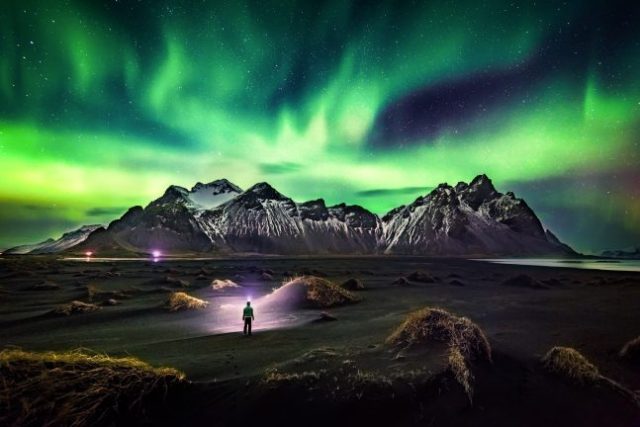


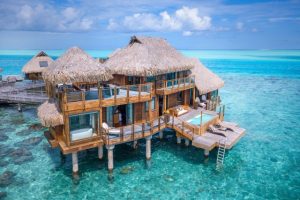
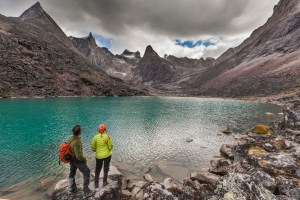
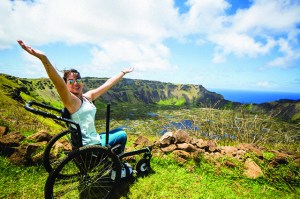


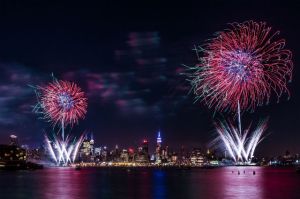
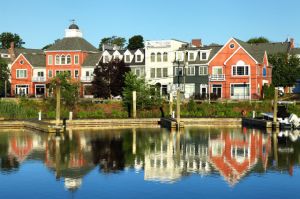


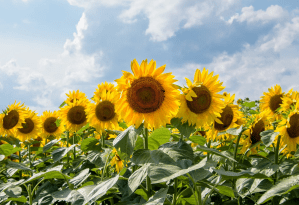
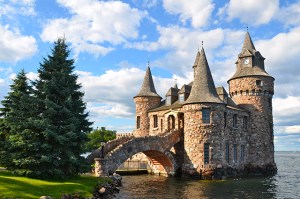
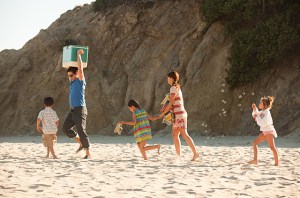
Is there a shorter Northern Lights tour? How much walking is involved with a Northern Lights tour? Is it all-inclusive?
Hello Barbara, thank you for reaching out! Click the link to get a Northern Lights tour estimate based on your specific information. https://vacations.northeast.aaa.com/7473174/northern-lights-escape?zip=02919&devicecd=PC Thank you!
Need more info on 10 day trip to Iceland. Ie cost itinerary??
Hello Josephine, I have attached the link where you can enter your information to request an estimate with your specific travel details. The link also has information regarding the day-to-day schedule. https://vacations.northeast.aaa.com/7473174/northern-lights-escape?zip=02919&devicecd=PC Thank you
Your opening title picture is of Norway in Lofoten not Iceland.
Thanks for letting us know, Matt! We’ve updated the image.